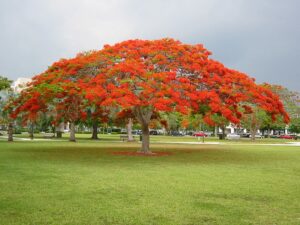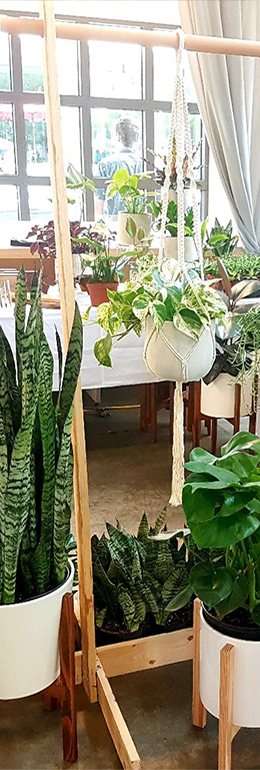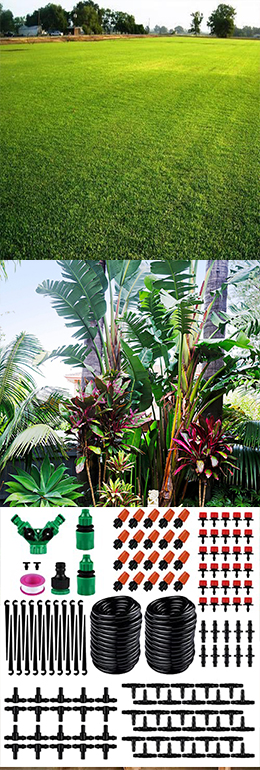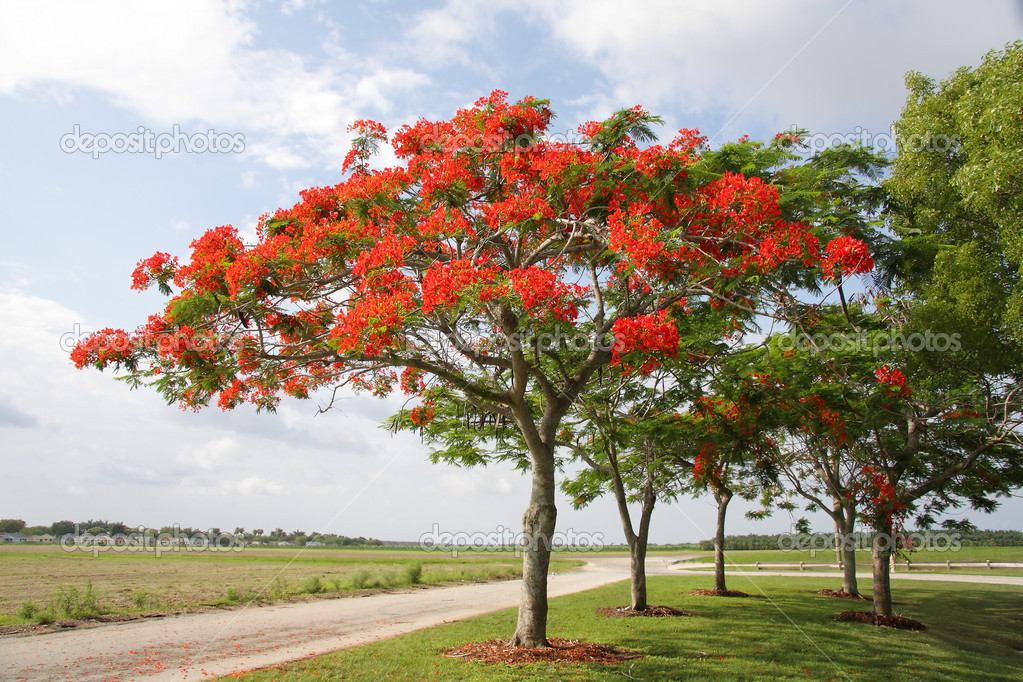Outdoor plants, Trees
How to Care for a Royal Poinciana Tree
How to Care for a Royal Poinciana Tree
Gardeners prize the royal poinciana tree (Delonix regia) despite the tree’s natural beauty, it comes with a good deal of maintenance. This may turn off some gardeners, but with care, the tree is a happy addition to any garden in which it grows.

What Is a Royal Poinciana Tree?
The royal poinciana tree is known by two other fitting names: the flamboyant tree and the peacock tree. The tree, a part of the pea family, originated in Madagascar, and it grows striking flowers that range from scarlet to orange in color. Its compound leaves can reach from 1 to 2 feet.
The royal poinciana tree is a fast grower, and it can reach its ultimate height, around 40 feet, in a relatively rapid amount of time, despite it having the reputation as a rather picky plant that cannot tolerate areas that receive frost. As such, in the United States, it’s most often found only in Florida.
Royal Poinciana Pods Can Be a Problem
One of the trademark characteristics of the plant is its woody pods. These, the tree’s fruit, are technically the tree’s legumes. They can grow up to 2 feet in length, though 18 inches is more common, and they are typically around 2 inches wide. They fall every spring.
The pods add an extra level of difficulty for gardeners. While other trees may lose their leaves every fall, the royal poinciana comes with its own seasonal raking ritual.
How to Properly Plant and Care for Poinciana
Besides growing relatively quickly, the tree also will grow in many types of soil conditions and become highly drought resistant, though it needs regular watering when it’s young. Mature trees can also tolerate sand. They cannot survive in cold temperatures, such as anywhere that gets frost coverage.
The royal poinciana tree has a preference for sun, however, and its thick foliage will likely kill the grass beneath it. New royal poincianas often take five years to bloom, though sometimes they can take up to 12 years. On occasion, only one portion of the tree will flower, but this is normal and infrequent in healthy specimens.
Much like how the plant can handle many different types of soil, there isn’t exactly the best kind of royal poinciana fertilizer. A good quality granular type of fertilizer is recommended. Ideal times to fertilize are spring, summer, and autumn.
Pruning Is Essential
To achieve a strong tree structure, gardeners are recommended to prune regularly, most often before spring regrowth starts in late March or April. This is necessary because the tree’s branches break quite easily in high winds.
Pruning helps strengthen the branches and ensures they stay affixed to the trunk. Prune any branches that grow to be half the diameter of the trunk for best results. Pruning the lower branches also gives an area for people to sit in shade during the summer.
Give Them Space
As they grow, royal poinciana trees tend to require more room, as they’re relatively large and have broad trees. It’s best to plant the trees at least 20 feet away from your home to avoid their branches hitting it. Plant it the same distance from your driveway or walkway as their roots will spread that far as well. Ideally, these trees should be planted 12 to 15 feet apart.

 العربية
العربية


